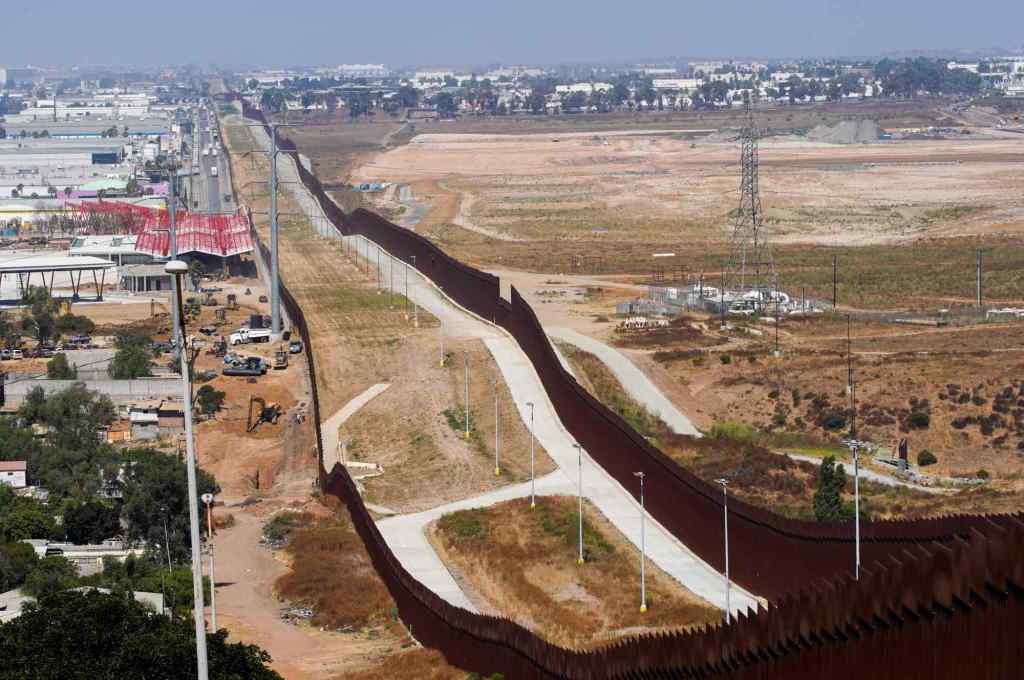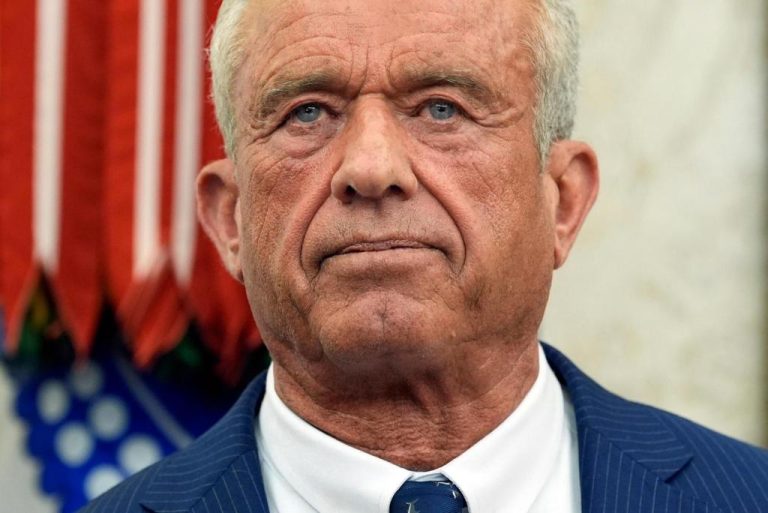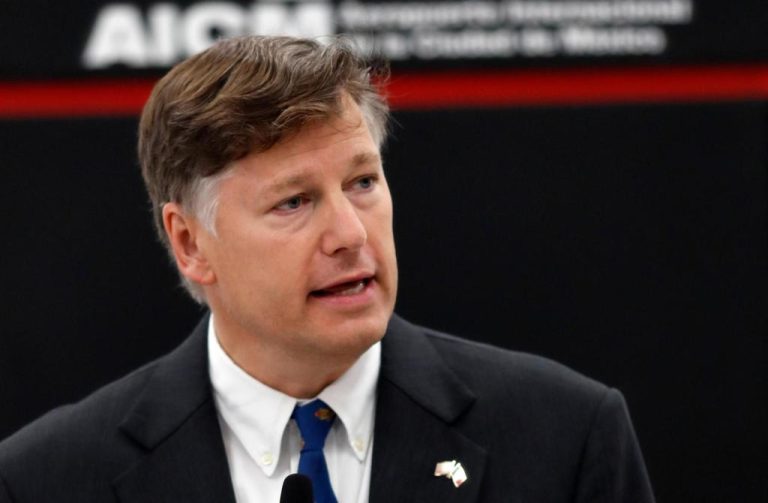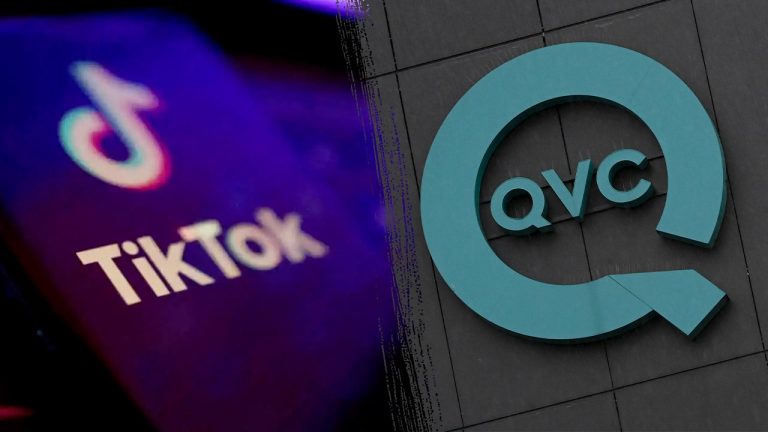

State Sen. Steve Padilla announced Wednesday new legislation that would allow the San Diego Association of Governments to earmark a portion of anticipated toll revenue from the forthcoming Otay Mesa East border crossing to help fix the Tijuana River sewage crisis.
Existing law authorizes the regional planning agency to use the toll revenues for construction, maintenance and operation costs of the port of entry project. Senate Bill 10 would add to the list “costs associated with environmental mitigation and restoration of the Tijuana River Valley and adjoining lands by way of wastewater infrastructure and related projects,” according to the draft language.
The $1.3 billion project, also known as Otay II, will initially have 10 lanes – five for passenger vehicles and five for commercial trucks – with an interchangeable option depending on demand. Unlike its neighboring San Ysidro Port of Entry, the Otay Mesa East site guarantees an average wait time of 20 minutes because of the required toll.
The project site is about two miles east of the existing Otay Mesa Port of Entry, several miles from the Tijuana River Estuary. But officials argue that the rapid expansion of the U.S.-Mexico border region has resulted in more industrial production, cross-border transportation and waste generation, worsening pollution in the river valley.
The proposed legislation stops short of ordering SANDAG to set aside funds for U.S.-based wastewater infrastructure, which has long been poorly maintained and underfunded.
Padilla said the bill was drafted to be purposefully permissive because “this is an obvious option that we should put on the table and that’s what SB 10 does.”
“We’re not trying to make things harder for folks,” he said. “But at the end of the day, you can’t (put) this infrastructure (the border crossing) in the middle of one of the most unique environmental public health disasters in North America and pretend like this isn’t here or that you don’t have an obligation to contribute to its solution.”
In an emailed statement Wednesday, SANDAG said it is analyzing the bill and has yet to take a position.
“SANDAG remains committed to working with our local, state, and federal partners to deliver the critical SR 11/Otay Mesa East Port of Entry project and to prioritize projects that improve quality of life and promote environmental justice throughout the border region,” the agency added.
According to a traffic and revenue forecast of the project, toll revenues are expected to reach $8.2 billion over 40 years through 2066. About $800 million over the life of the forecast will go toward operations and maintenance costs, shared between SANDAG and Mexico. The remaining $7.4 billion will go to the agency and Mexico evenly.
Of its share, SANDAG would then have to pay bondholders for monthly interest on debt and fund reserves. Its remaining balance is estimated to be $2.4 billion over that four-decade period. Those leftover funds are proposed to be shared with General Services Administration and Customs and Border Protection for costs related to ongoing maintenance and renewal of the facility over time.
Imperial Beach wants SANDAG to set aside some of those toll revenues to plug Tijuana’s leaky sewage system that routinely impacts the small coastal community. In September, city leaders approved a resolution that urges SANDAG to establish a long-term fund that would be financed at a minimum of 1% of the total toll revenues, or $25 million annually.
“The pollution crisis highlights the environmental challenges that have arisen from the increased commerce and trade between the United States and Mexico,” Imperial Beach Mayor Paloma Aguirre said. “By establishing this mitigation fund, we would ensure that there is a continuous source of revenue to properly fund wastewater infrastructure and its operation and maintenance.”
At a November SANDAG meeting, board member and Imperial Beach City Councilmember Jack Fisher encouraged the agency to work with Mexico and have some of its toll revenue share go toward addressing sewage pollution.
“I understand the complexity of going back to Mexico and redoing the agreements that have already been done,” he said. “But I don’t know what else we do. We have to compel Mexico to fix this longstanding problem.”
It’s unclear whether Mexico, a party to the toll agreement, would also need similar legislation.
The crux of the sewage crisis has been the insufficient and underfunded treatment infrastructure on both sides of the border.
Major progress is underway, with Mexico nearly done overhauling a wastewater plant in Baja California and the U.S. repairing and expanding a plant in the Tijuana River Valley. But millions of dollars are still needed to fund the latter project, which won’t be complete until at least the next five years.
Even after completion, the International Boundary and Water Commission, which manages the U.S.-based plant, will most likely need a consistently hefty budget to maintain the expanded plant, while also maintaining other infrastructure along the U.S.-Mexico border.
It has taken repeated lobbying from San Diego County elected officials to get the Biden administration and Congress to boost the IBWC’s annual budget. More than $400 million was secured and an additional $310 million has been requested.
However, a long-term, steady stream of revenue is needed and toll revenue could be one source, officials said. Thanks to new federal rules, the IBWC can receive funding from the state, local governments and nonprofits, not just from other federal agencies.
In a statement Wednesday, SANDAG chairperson and county chair Nora Vargas said she looked forward “to working with my colleagues and our local, state, and federal partners to explore every avenue for prioritizing sustainable solutions that protect public health and solve this crisis once and for all.”
Originally Published:






